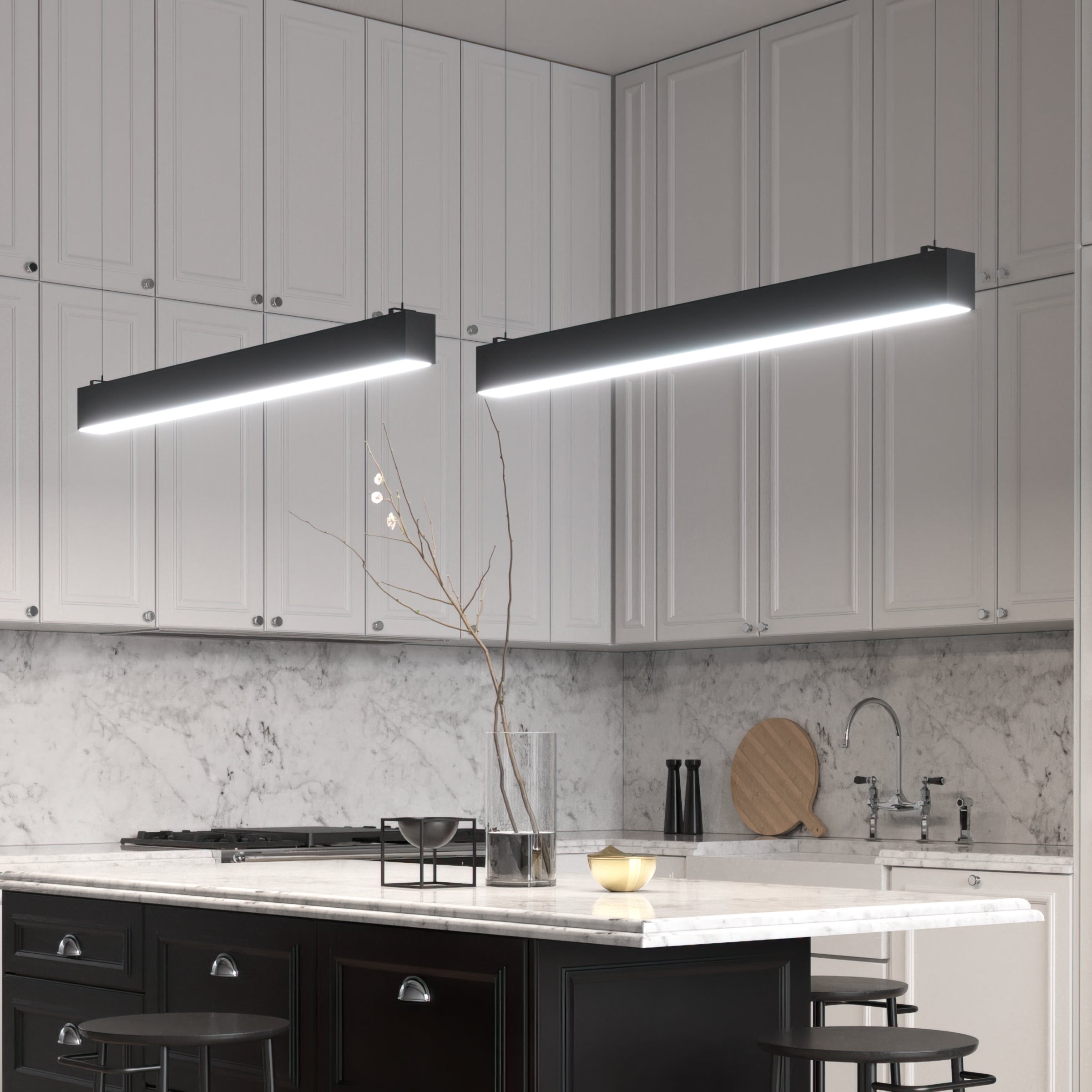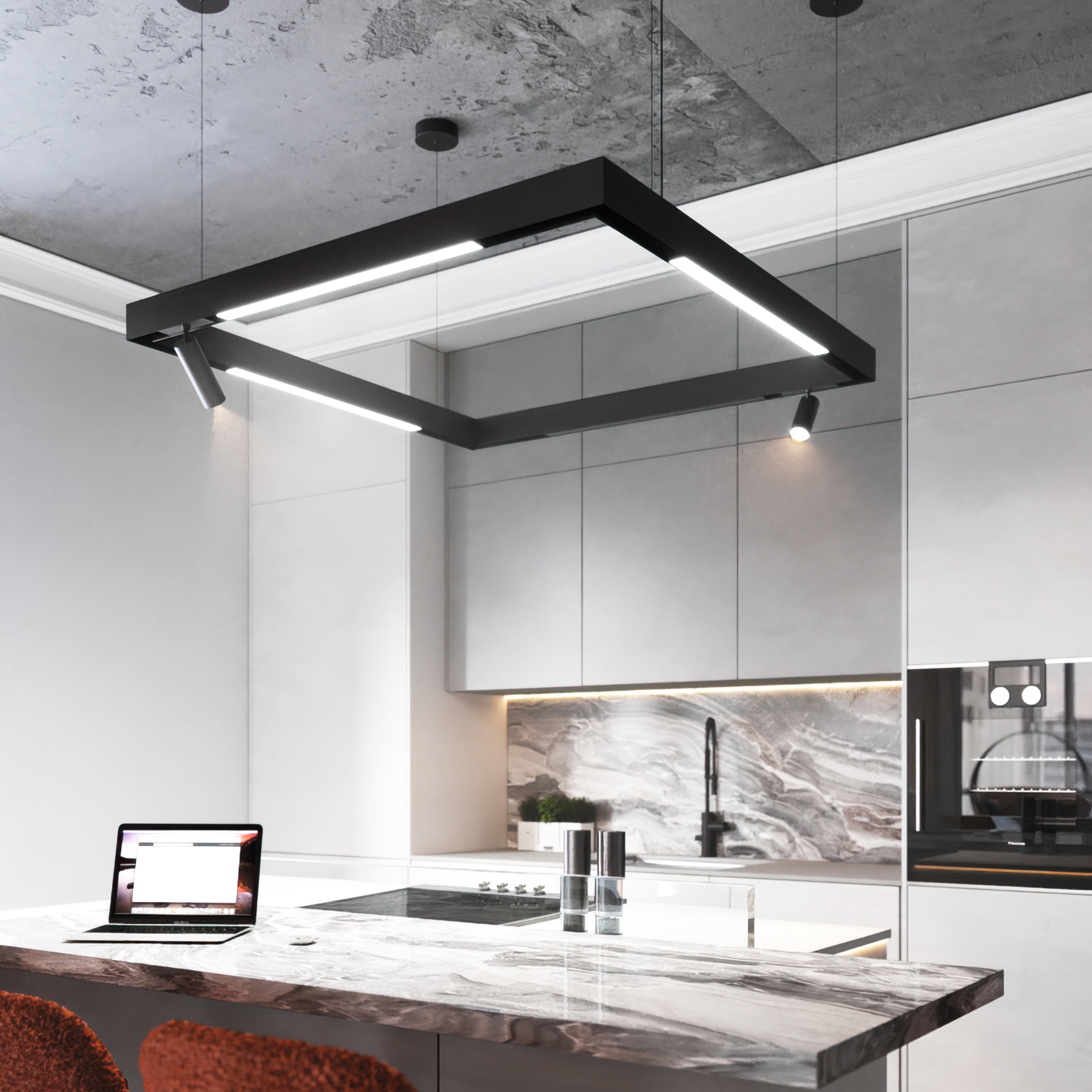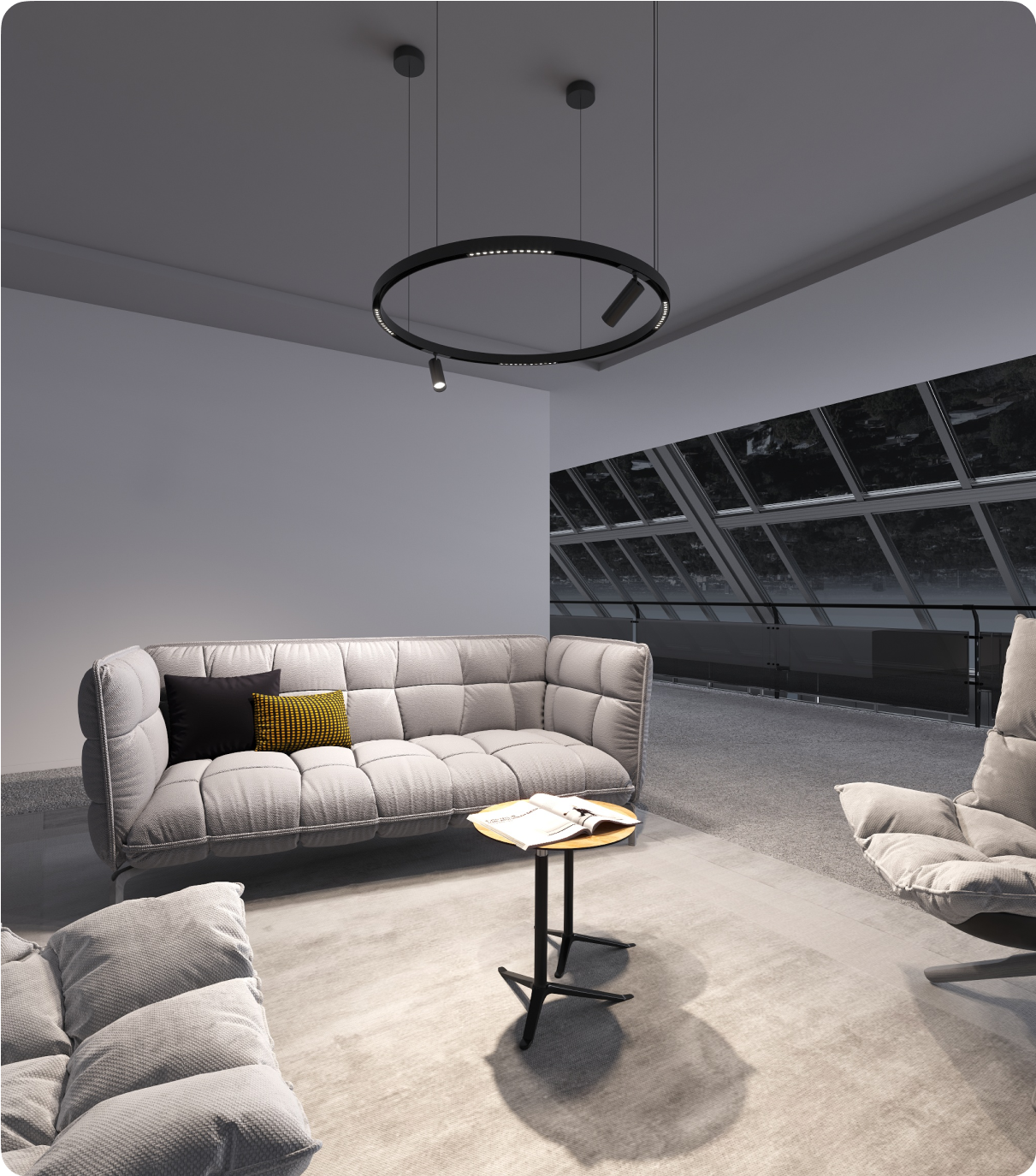Have you ever felt that the lights in your room are too bright for your taste, or are you an environmentally enthusiastic person? I have a simple answer to your concerns. These dimmable LED lights bring much more easily controlled lights than traditional ones like incandescent or fluorescent. You can use this technology to change the light intensity or even color temperature, which improves your productivity and mood. Plus, it is very eco-friendly too. So, here in this article, we will discuss 0-10V Dimming, what it is, how it works, and some pros and cons.
What is 0-10V LED Dimming?
0-10V Dimming is a basic analog lighting control protocol that adjusts lighting intensity by varying the DC voltage supplied to fixtures, ranging from 0V to 10V. The lighting fixtures are generally at their brightest at 10V and their dimmest at 0V, with the low voltage DC signal from the 0-10V dimmer controlling the intensity.
There are two incompatible standards for 0 to 10v dimmers: IES Standard 60929 Annex E and Standard ESTA E1.3. The primary difference between the standards is how they generate or carry the control voltage. In other words, the 0-10V control type is either a current sink or a current source.
Initially designed for dimming ballast lighting, IES Standard 60929 Annex E defined current sink controls, also used for LED drivers. Current sink control refers to the device under control sourcing the voltage to the controller, with the controller reducing the returned voltage to the lighting fixtures. With this standard, the light is at its brightest at 10V and dimmest if the returned voltage is less than 1V.
ESTA E1.3 standardized current source control for dimming theatrical lighting. In current source control, the controller generates the low voltage to the controlled device. The device under control adjusts the lighting intensity according to the voltage, scaling to the maximum intensity at 10V and minimum at 0V.
How Does 0-10V Dimming Work?
0-10v dimming with multiple fixtures is achievable with LED drivers, a circuit producing a 10V DC signal, and a purple and gray wire. When the wires are not touching, the light is at its maximum level, and the signal stays at 10V. When the wires touch, the signal goes to 0V, and the driver sets the light at its minimum dimming level. 0-10V dimmer switches sink the voltage to a lower level, controlling the signal to vary from 10V to 0V.
The voltage level of the LED driver corresponds to the dimming level, so if the voltage signal is at 8V, the light fixture output will be at 80%. The minimum dimming level is achieved by bringing the signal down to 0V, ranging from 10% to 5% to 1%, depending on the fixture.

What are the Benefits of 0-10V Dimming?
Dimmable fixtures are versatile tools catering to various activities requiring different light levels. Restaurants and hotels often use dimmable fixtures in their seating areas to create a desired atmosphere or ambiance at night. Dimming features are also commonly used in LED sports lighting to provide appropriate lighting for different levels of play and sporting activities.
LED lights consume less energy when their light intensity is controlled by a dimmer, resulting in cost savings and a longer lamp lifespan. With 0-10V dimming drivers, you can easily adjust the light intensity to suit your mood or activity. Dimming LED lights reduces the power being fed to them, which makes them more efficient.
How to Solve the Problems with 0-10V Dimming?
Dimmable fixtures are great, but they can sometimes present challenges. Here are some common issues with 0-10V Dimming and how to solve them.
Driver and Dimmer Issues
If the lighting fixture doesn't work properly with the dimmer, the dimmer or the driver may be the problem. To identify the issue, check whether the driver is functioning normally. There are two low-voltage control wires connected to the dimmer and LED driver. Disconnect the wires from the circuit, touch them together briefly, and observe whether the fixture dims to its lowest lighting intensity. If it does, the driver is likely fine; the issue may be with the dimmer or wires. If it doesn't, the driver may be faulty and require replacement.
Noise due to Wires Issues
Suppose you notice any noise while dimming the lighting fixtures. In that case, it is most likely due to the 0 to 10 volt LED dimmer wires running near AC power cables or being installed with them in a conduit. This issue is often caused by improper wire installation. It can be avoided by inspecting the light-dimming system after the initial installation.
Improper Dimming Range
When using 0-10V Dimming, it's important to ensure that the dimmer is compatible with the driver, as not all dimmers can provide the full 0-10v lighting control. Check the lists of compatible dimmers the driver and lighting fixture manufacturers provide to ensure compatibility. Combining 0-10V dimmers with 1-10V drivers can cause flickering, stumbling, and flashing issues in low dimming control, which is more noticeable under on-off settings. Additionally, lighting fixtures may not turn off completely until the power supply is cut.
What to Choose: 0-10V Dimming System or Regular Dimming System?
Low voltage dimming is the safer and more effective method for dimming LED lights. Traditional hardwire dimmers use a small transformer to restrict the watts, often resulting in flickering or an inability to dim to low levels. Regular dimmers also max out at about 100 watts of LED, making them unsuitable for large arrangements of fixtures. In contrast, 0-10V systems can handle thousands of watts on a single switch, enabling you to control even 20 LED high bay fixtures running at 100 watts each on one switch. The 0-10V minimum current requirement also allows for long runs of thin-diameter wires, which cost less. Overall, 0-10V Dimming is easy to use, diagnose, and understand, with few complications.
When to Use?
0-10V dimmers are a fantastic way to control the brightness of your lights. They can adjust light intensity from 10% to 100%; some can even turn off light output without requiring additional switches. This can result in significant energy savings and provide better control over your fixtures. In any case, it is important to note that certain dimming switches may cause fixtures to keep running at low power, even when the dimmer is turned down. In such cases, installing an additional relay or switch may be necessary to prevent the wastage of electricity and potential damage to your fixtures. This is an important consideration, as it is essential to ensure that your lighting setup is as efficient and effective as possible. By carefully evaluating your options and making the right choices, you can maximize your energy savings while still achieving the perfect lighting setup for your needs.





